On November 3, 2011, the Idaho State Board of Education approved the formation of this new interdisciplinary doctoral program in Biomolecular Sciences. This doctoral degree is a research intensive program that prepares graduates to satisfy the needs of a growing biotechnology and medical community in a 21st-century world. These are our current active doctoral students seeking their Ph.D. in the Biomolecular Sciences here at Boise State.
Doctoral Students
-

Gamid Abatchev
Researching and developing cancer treatments, emphasizing electrochemotherapy and liposomal chemotherapy drug delivery.
Advisor: Dr. Daniel Fologea
Researching and developing cancer treatments, emphasizing electrochemotherapy and liposomal chemotherapy drug delivery.
Advisor: Dr. Daniel Fologea
-
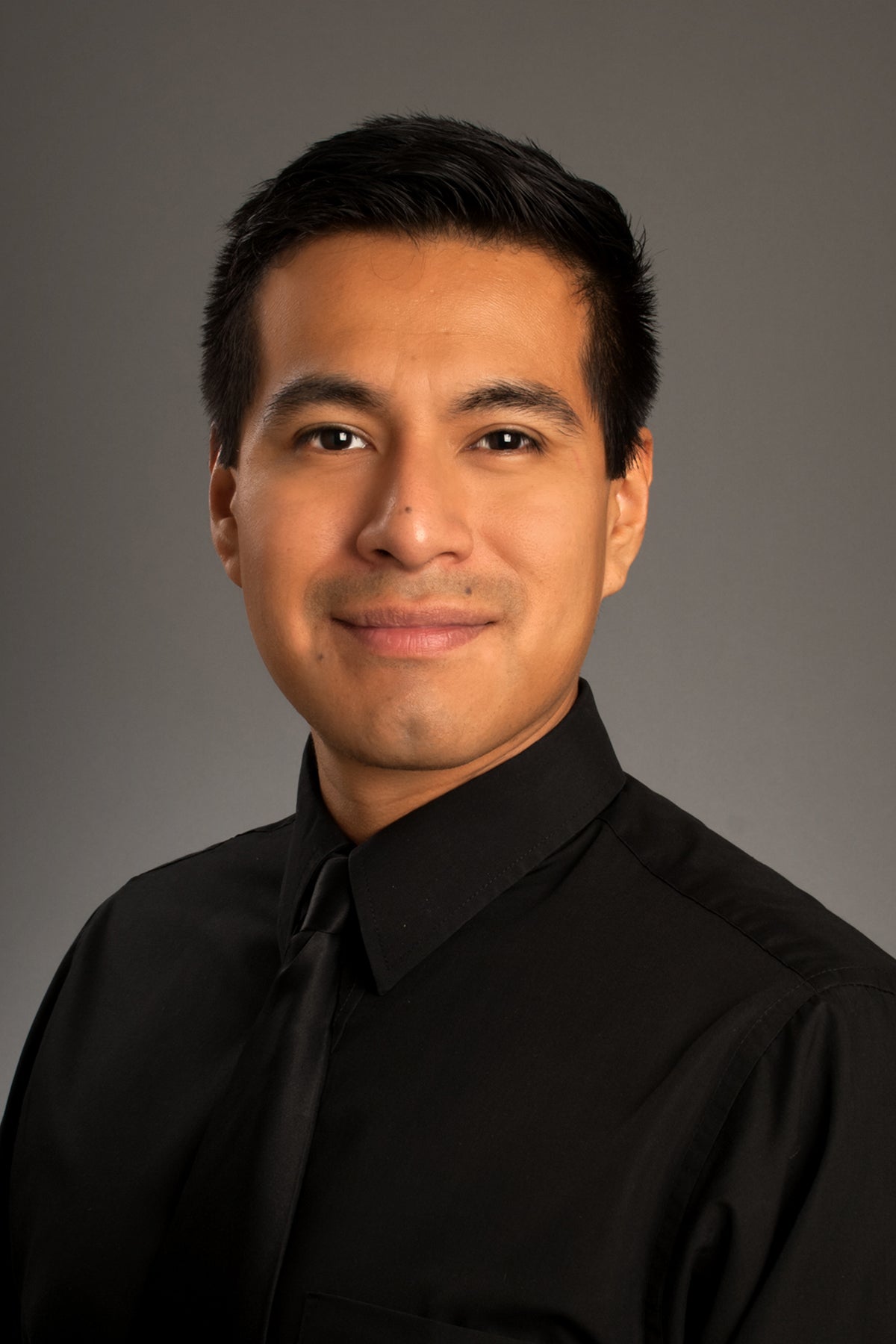
Marcelo Ayllon
Focusing on membrane biophysics and is skilled in producing liposomes, spherical hollow structures formed from phospholipid bilayers. Liposomes are already FDA approved as drug delivery vehicles, my research hopes to produce liposomes containing receptors for toxins integrated in their membrane. These liposomes would act as decoys that could sponge up toxins preventing them from reaching their intended target and reducing their deleterious effects.
Advisor: Dr. Daniel Fologea
Focusing on membrane biophysics and is skilled in producing liposomes, spherical hollow structures formed from phospholipid bilayers. Liposomes are already FDA approved as drug delivery vehicles, my research hopes to produce liposomes containing receptors for toxins integrated in their membrane. These liposomes would act as decoys that could sponge up toxins preventing them from reaching their intended target and reducing their deleterious effects.
Advisor: Dr. Daniel Fologea
-
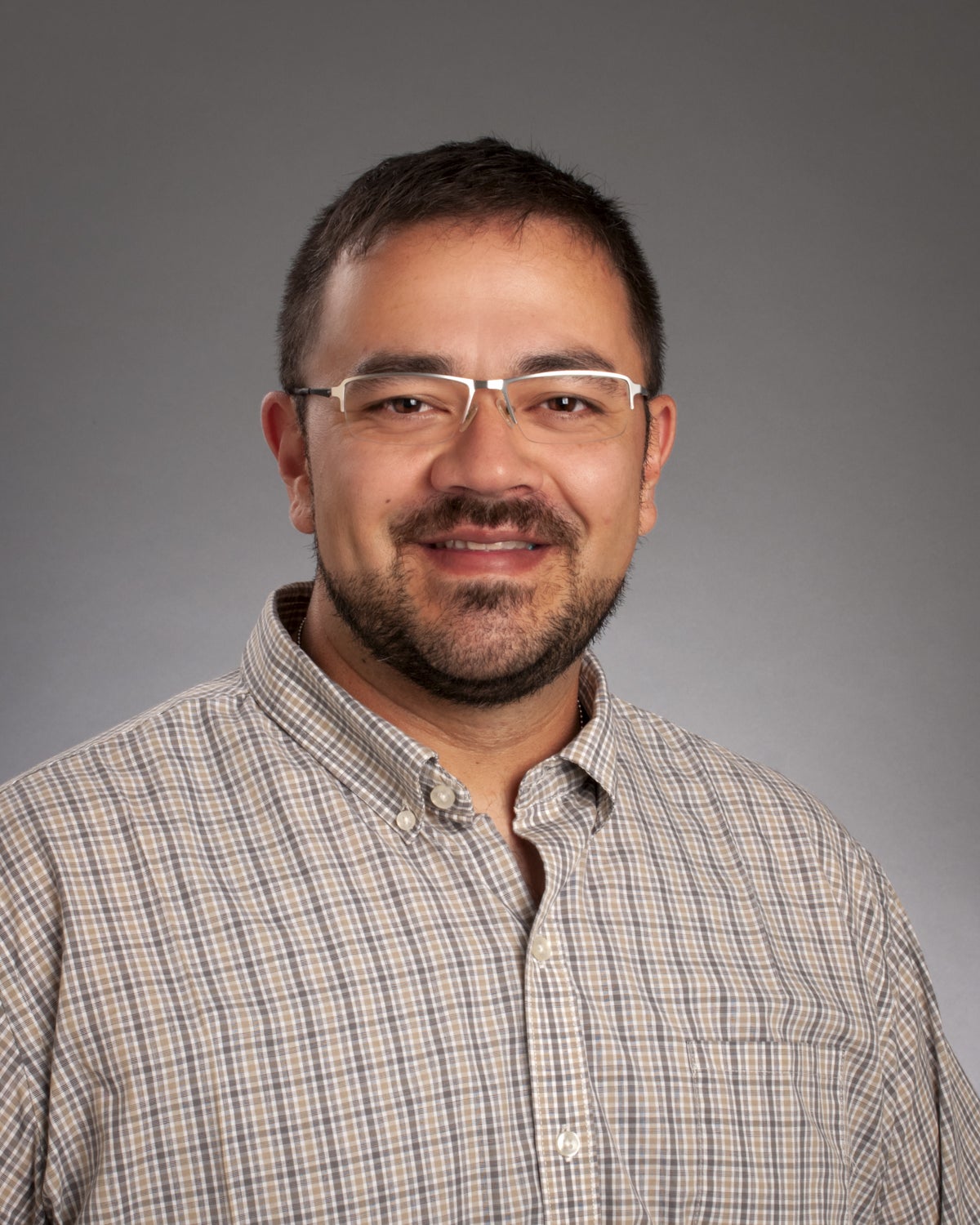
Andrew Bogard
To better understand the membrane insertion and transport properties of pore-forming toxins and provide insights into preventing infectiveneess by modulating their permeability via exploitation of regulatory mechanisms.
Advisor: Dr. Daniel Fologea
To better understand the membrane insertion and transport properties of pore-forming toxins and provide insights into preventing infectiveneess by modulating their permeability via exploitation of regulatory mechanisms.
Advisor: Dr. Daniel Fologea
-
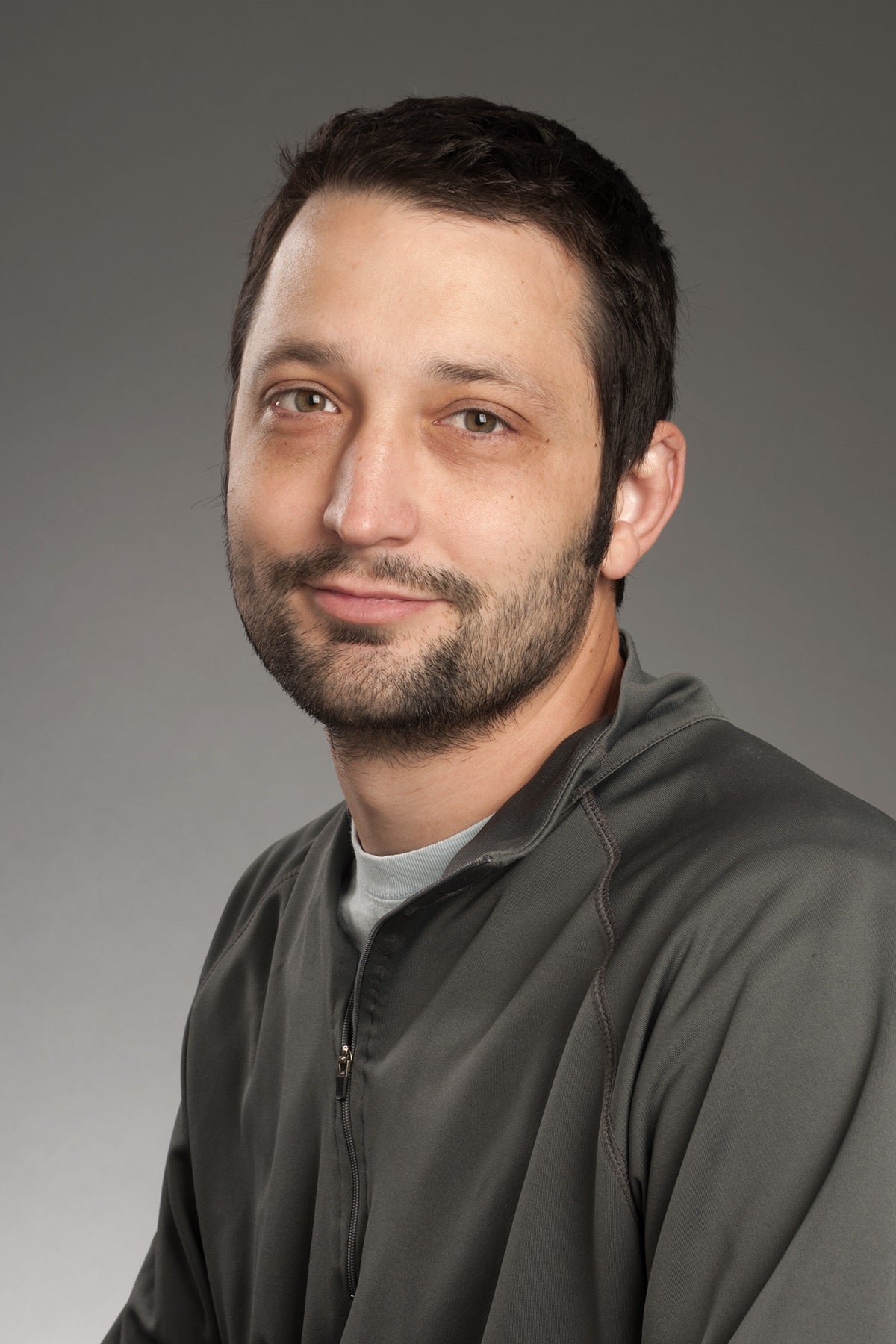
Steven Burden
Developing a more accurate qPCR assay for telomere quantitation and developing RNA reporters that only fluoresce when in the presence of a ligand and a fluorophore.
Advisor: Dr. Eric Hayden
Developing a more accurate qPCR assay for telomere quantitation and developing RNA reporters that only fluoresce when in the presence of a ligand and a fluorophore.
Advisor: Dr. Eric Hayden
-
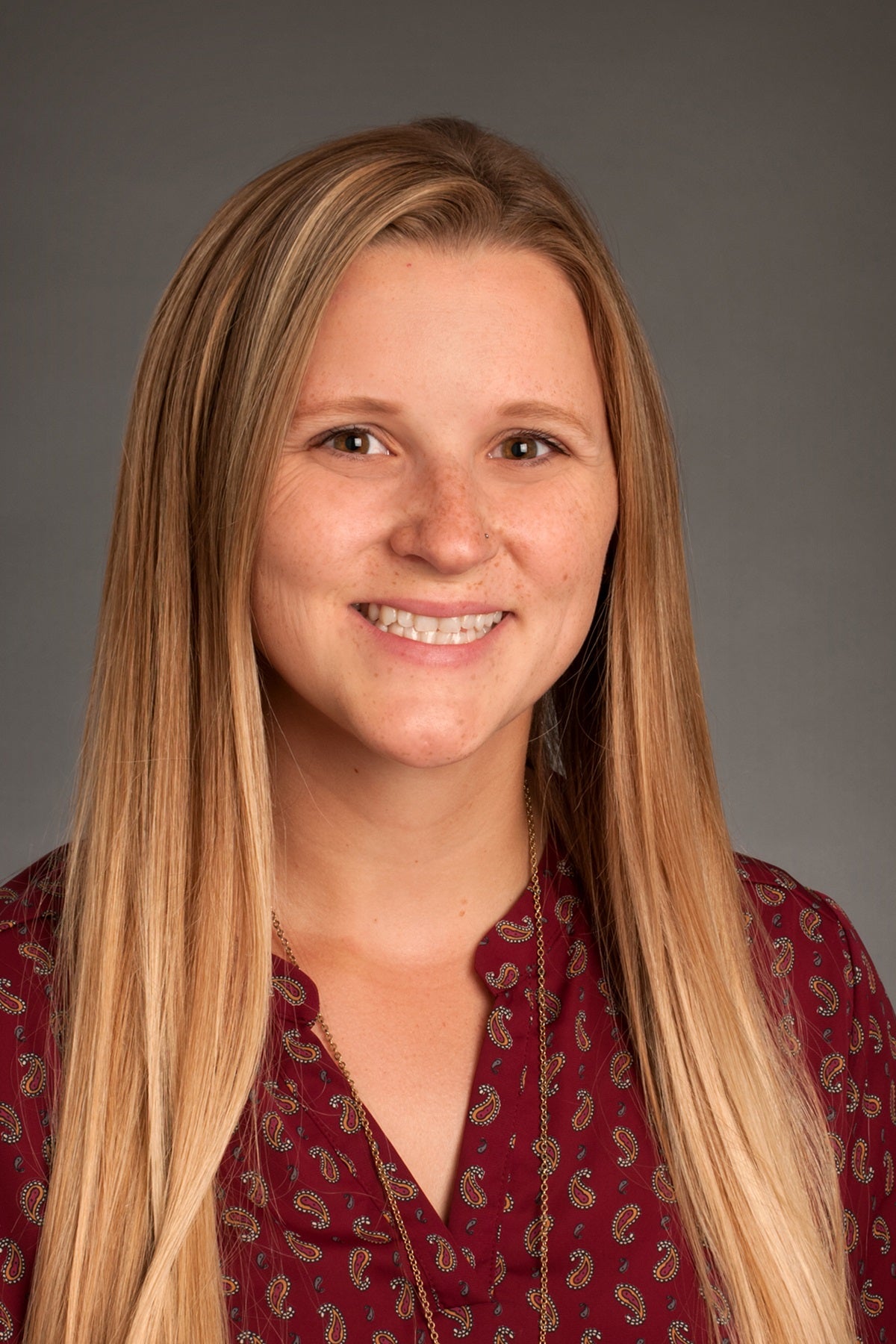
Maranda Cantrell
Small molecule drug discovery and analysis using protein expression and purification techniques as well as nuclear magnetic resonance titration studies for the development of novel drug treatments for atherosclerosis. Side projects include food chemistry and neutraceutical quality control analysis for area industry.
Advisor: Dr. Owen McDougal
Small molecule drug discovery and analysis using protein expression and purification techniques as well as nuclear magnetic resonance titration studies for the development of novel drug treatments for atherosclerosis. Side projects include food chemistry and neutraceutical quality control analysis for area industry.
Advisor: Dr. Owen McDougal
-
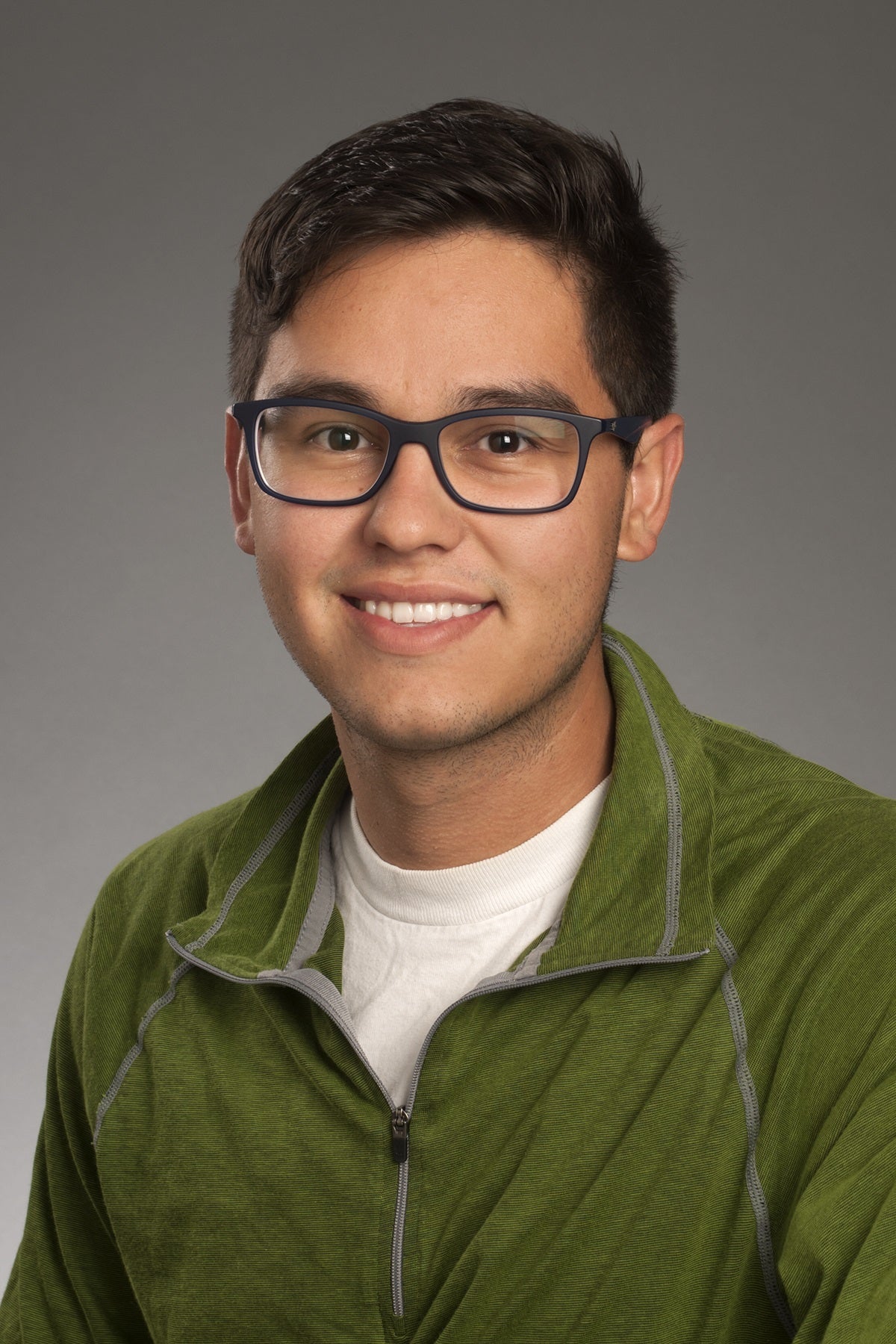
Giovan Cholico
I work towards understanding the role AhR plays in the generation of fibrotic hepatic tissue.
Advisor: Dr. Kristen Mitchell
I work towards understanding the role AhR plays in the generation of fibrotic hepatic tissue.
Advisor: Dr. Kristen Mitchell
-

Abu Sayeed Chowdhury
Currently in Lab Rotations
Currently in Lab Rotations
-
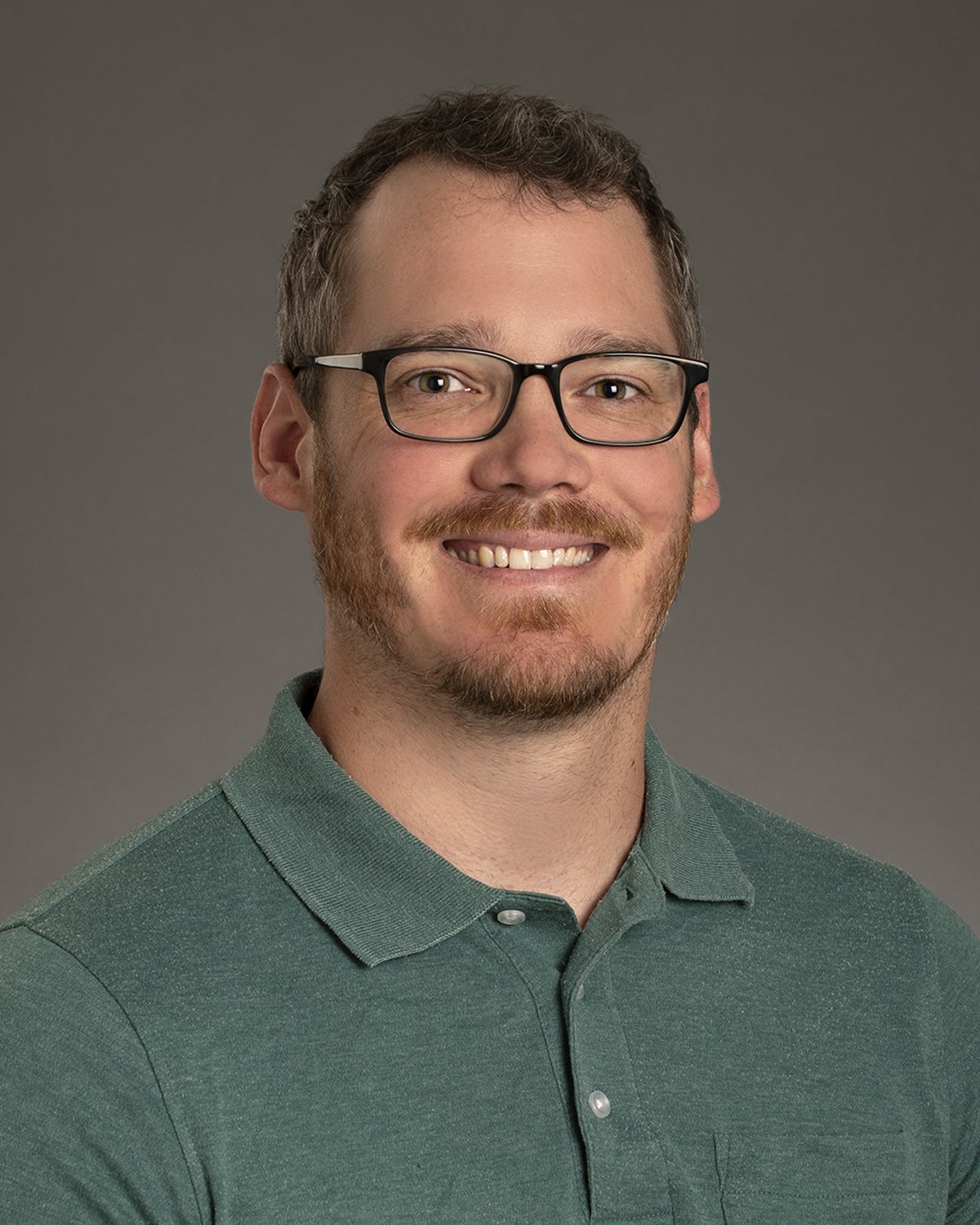
Joseph Collins
Currently in Lab Rotations
Teaching BIOL 227 & 228
Currently in Lab Rotations
Teaching BIOL 227 & 228
-

Jacob Crow
Molecular regulation of Matrix Gla Protein, a crucial vascular calcification inhibitor.
Advisor: Dr. Allan Albig
Molecular regulation of Matrix Gla Protein, a crucial vascular calcification inhibitor.
Advisor: Dr. Allan Albig
-

Simion Dinca
Understanding the way that the extracellular matrix impacts the progression of cancer in the human body, especially as a result of inflammatory response mechanisms, will provide insight on preventing cancer metastasis.
Advisor: Dr. Cheryl Jorcyk
Understanding the way that the extracellular matrix impacts the progression of cancer in the human body, especially as a result of inflammatory response mechanisms, will provide insight on preventing cancer metastasis.
Advisor: Dr. Cheryl Jorcyk
-

Tana Gazdik
Currently in Lab Rotations
Teaching BIOL 227 & 228
Currently in Lab Rotations
Teaching BIOL 227 & 228
-
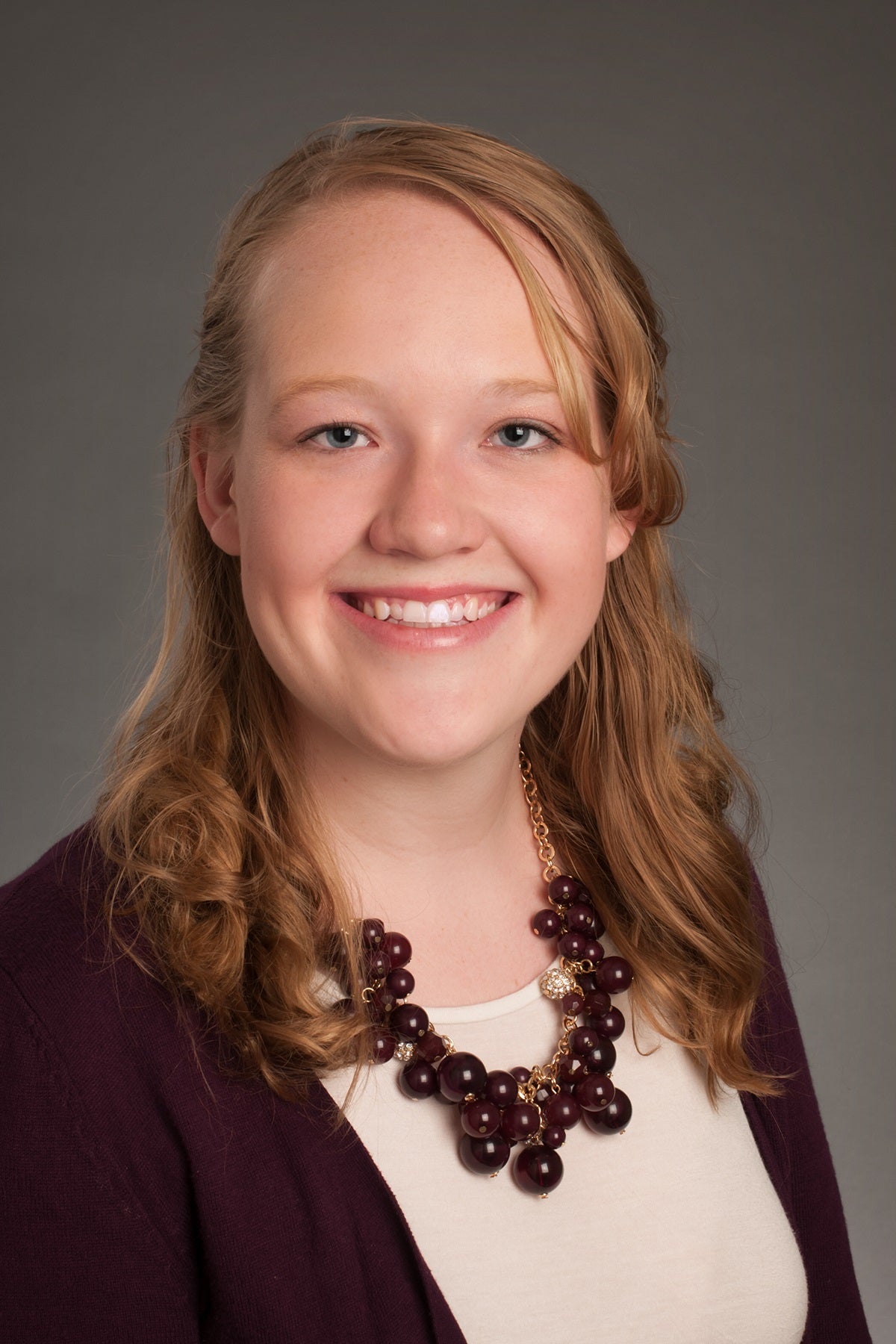
Julianna Goelzer
My research is focused on measuring the kinetics of alternative splicing and transcription in mammalian cells. My project seeks to determine the fundamentals of how genes are processed using a custom-built 3-D Orbital Tracking microscope that is uniquely equipped to image and photograph single cells, and also track and correlate the locations of multiple important molecules like RNA and processing machinery within a living cell.
Advisor: Dr. Matthew Ferguson
My research is focused on measuring the kinetics of alternative splicing and transcription in mammalian cells. My project seeks to determine the fundamentals of how genes are processed using a custom-built 3-D Orbital Tracking microscope that is uniquely equipped to image and photograph single cells, and also track and correlate the locations of multiple important molecules like RNA and processing machinery within a living cell.
Advisor: Dr. Matthew Ferguson
-

Makenna Hardy
Understanding the role of Collagen type XI alpha one chain (COL11A1) in the structure and function of sensory organs. My research focuses on understanding the role of COL11A1 in the proper development of the inner ear and the eye.
Advisor: Dr. Julia Oxford
Understanding the role of Collagen type XI alpha one chain (COL11A1) in the structure and function of sensory organs. My research focuses on understanding the role of COL11A1 in the proper development of the inner ear and the eye.
Advisor: Dr. Julia Oxford
-
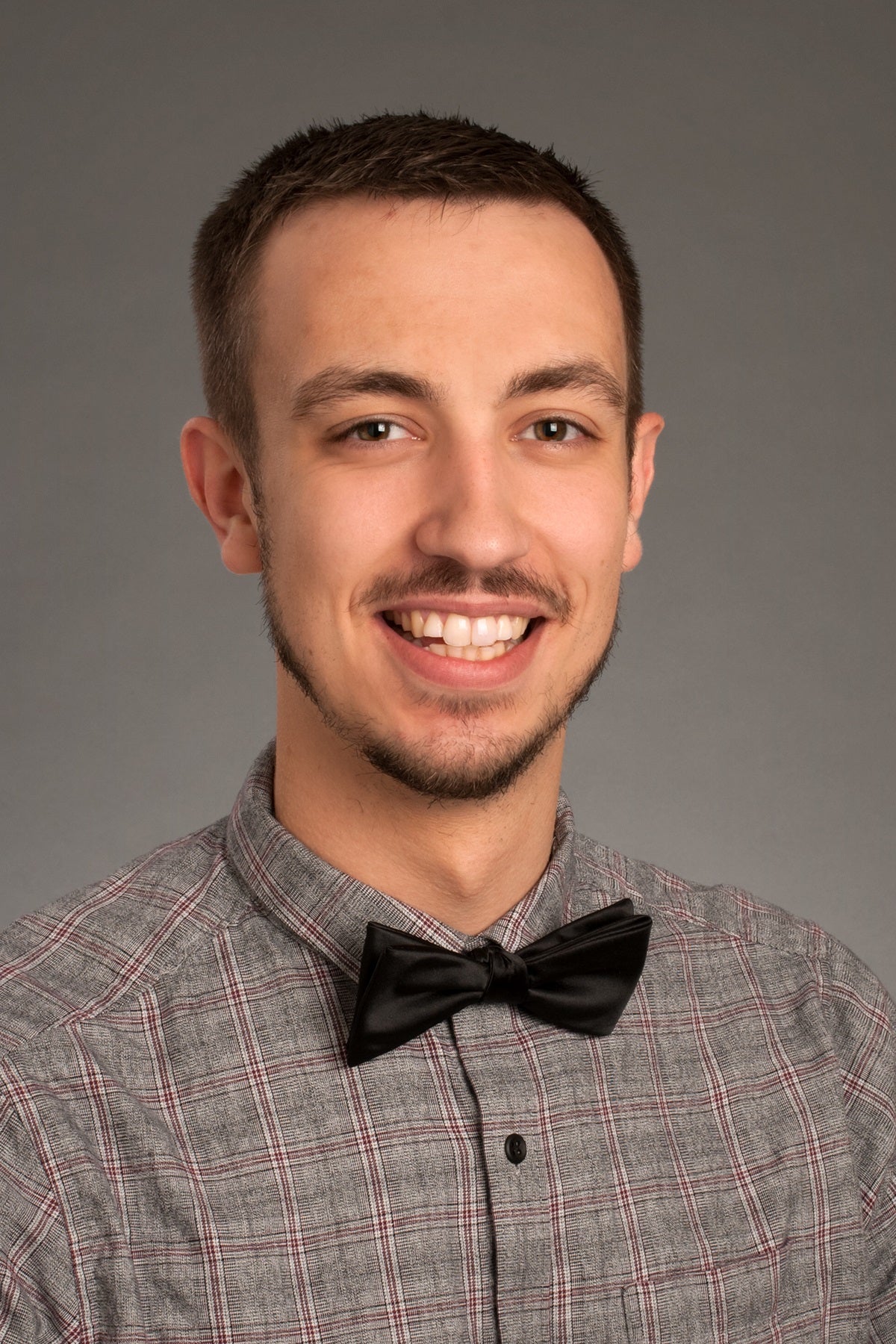
Brian Hoettels
My research is focused on better understanding how the extracellular matrix during neuroinflammation can differentially regulate the barrier function of the endothelial cells that form the blood-brain barrier.
Advisor: Dr. Richard Beard and Dr. Julia Oxford
My research is focused on better understanding how the extracellular matrix during neuroinflammation can differentially regulate the barrier function of the endothelial cells that form the blood-brain barrier.
Advisor: Dr. Richard Beard and Dr. Julia Oxford
-

Stephanie Hudon
Fitness landscapes of natural populations and telomere length assay development.
Advisor: Dr. Eric Hayden
Fitness landscapes of natural populations and telomere length assay development.
Advisor: Dr. Eric Hayden
-

Post concussive biomarkers.
Advisor: Dr. Denise Wingett
-

Sarah Kobernat
Understanding the role of the aryl hydrocarbon receptor in cholestatic liver injury and fibrosis.
Advisor: Dr. Kristen Mitchell
Understanding the role of the aryl hydrocarbon receptor in cholestatic liver injury and fibrosis.
Advisor: Dr. Kristen Mitchell
-
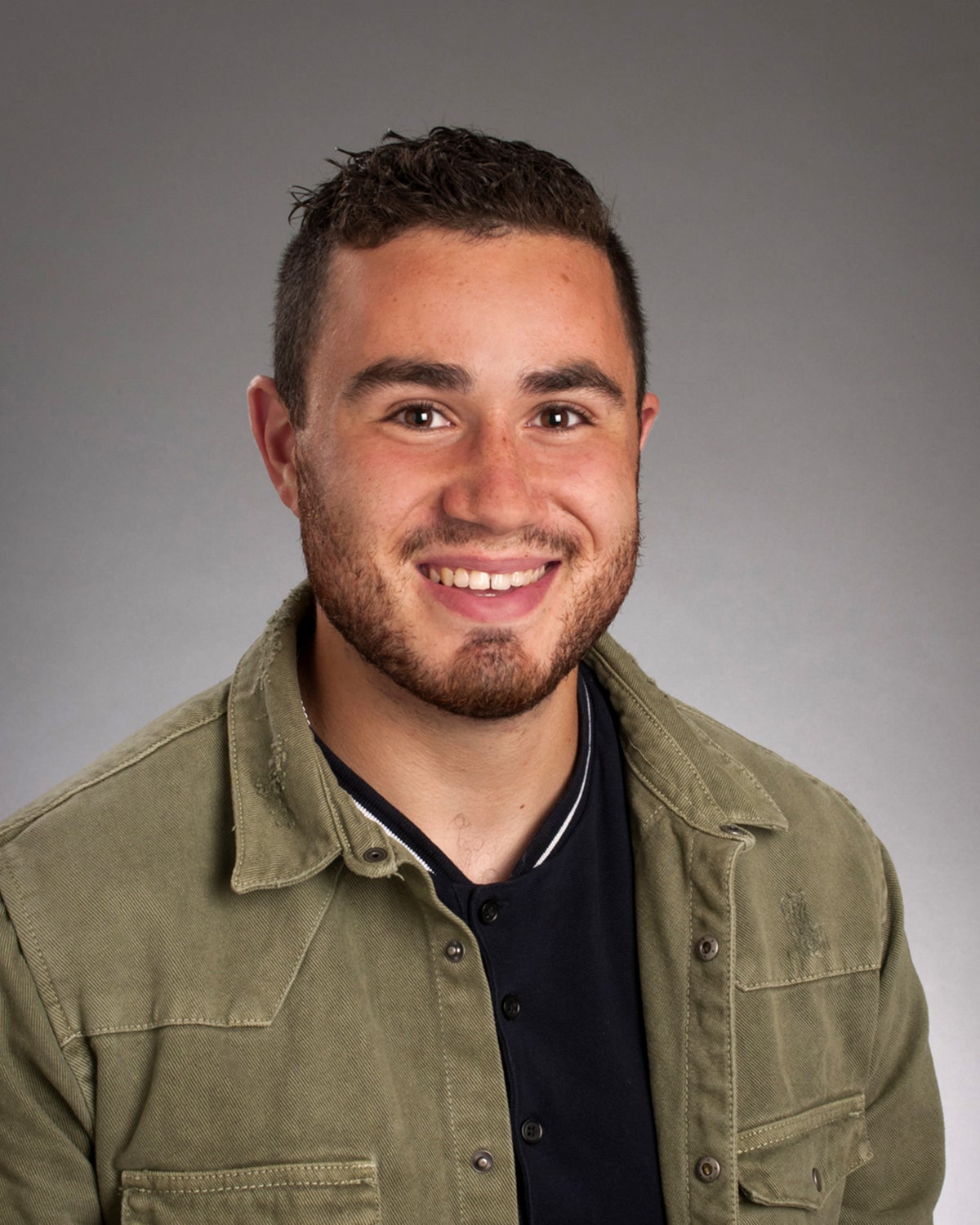
Nick Lehning
Investigating the underlying mechanism by which differentiating neural progenitor cells direct protein retention or degradation during the process of differentiation. We have identified a novel pathway that connects protein homeostasis to Autism spectrum disorders. Currently, we are focusing on characterizing the enzyme responsible for this phenomenon for therapeutic targeting.
Advisor: Dr. Brad Morrison
Investigating the underlying mechanism by which differentiating neural progenitor cells direct protein retention or degradation during the process of differentiation. We have identified a novel pathway that connects protein homeostasis to Autism spectrum disorders. Currently, we are focusing on characterizing the enzyme responsible for this phenomenon for therapeutic targeting.
Advisor: Dr. Brad Morrison
-
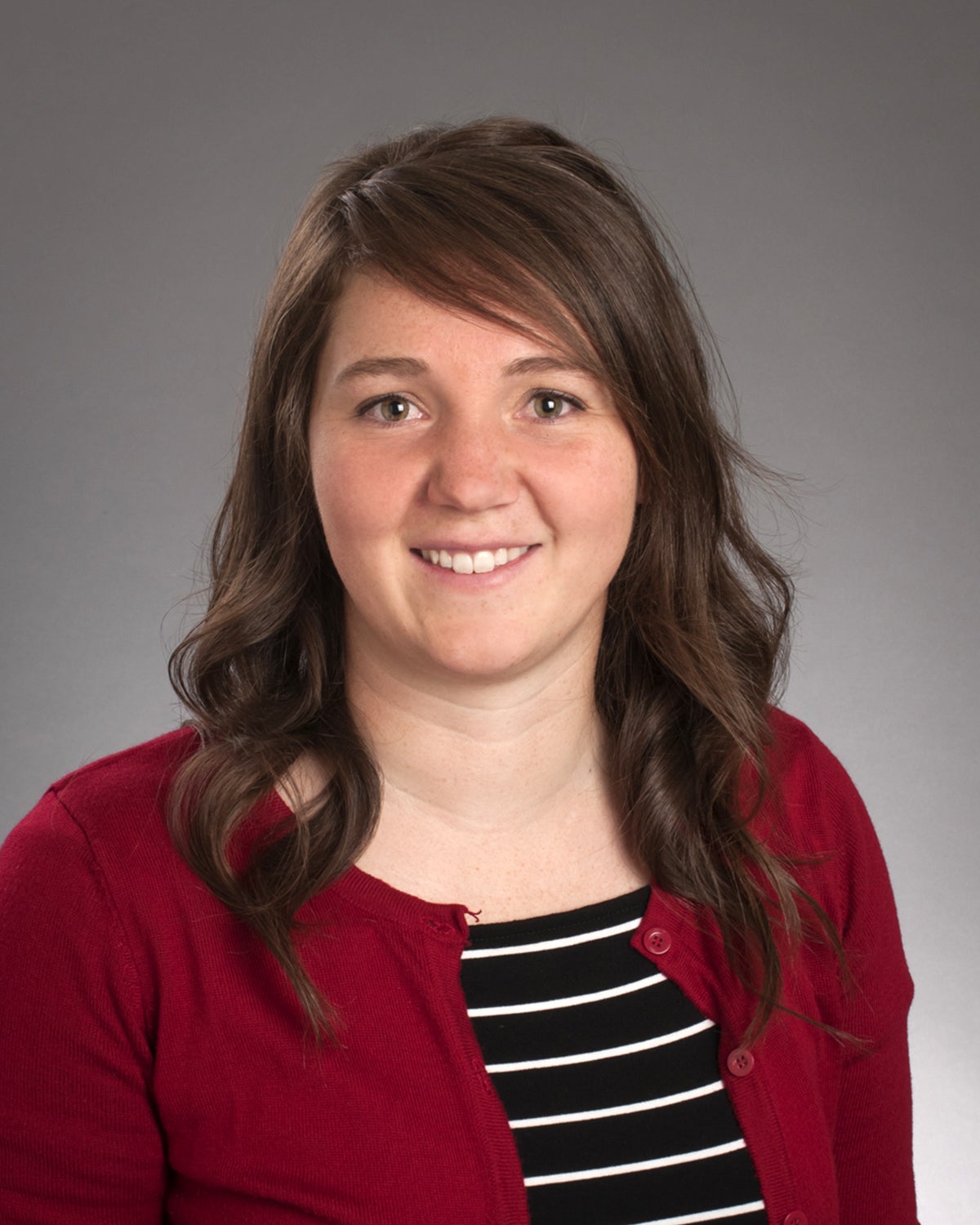
Elise Overgaard
Characterizing intracellular trafficking and receptor binding of the AB5 toxin produced by multi drug-resistant Salmonella Typhimurium.
Advisor: Dr. Juliette Tinker
Characterizing intracellular trafficking and receptor binding of the AB5 toxin produced by multi drug-resistant Salmonella Typhimurium.
Advisor: Dr. Juliette Tinker
-

Conner Patricelli
My research focuses on deciphering the role of collagen type XI in the heart during development and regeneration in zebrafish.
Advisor: Dr. Julia Oxford
My research focuses on deciphering the role of collagen type XI in the heart during development and regeneration in zebrafish.
Advisor: Dr. Julia Oxford
-
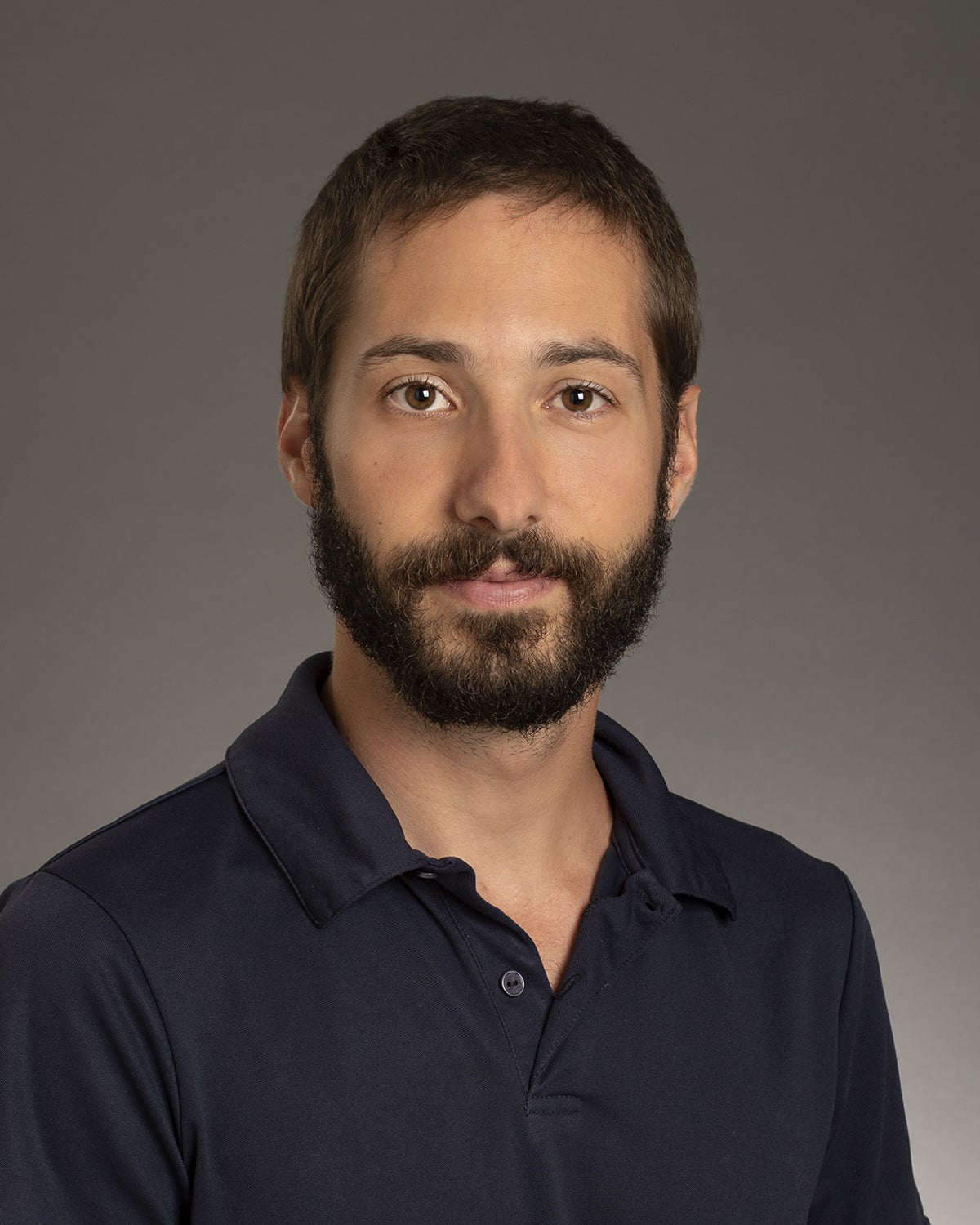
Gianluca Peri
Currently in Lab Rotations
Currently in Lab Rotations
-
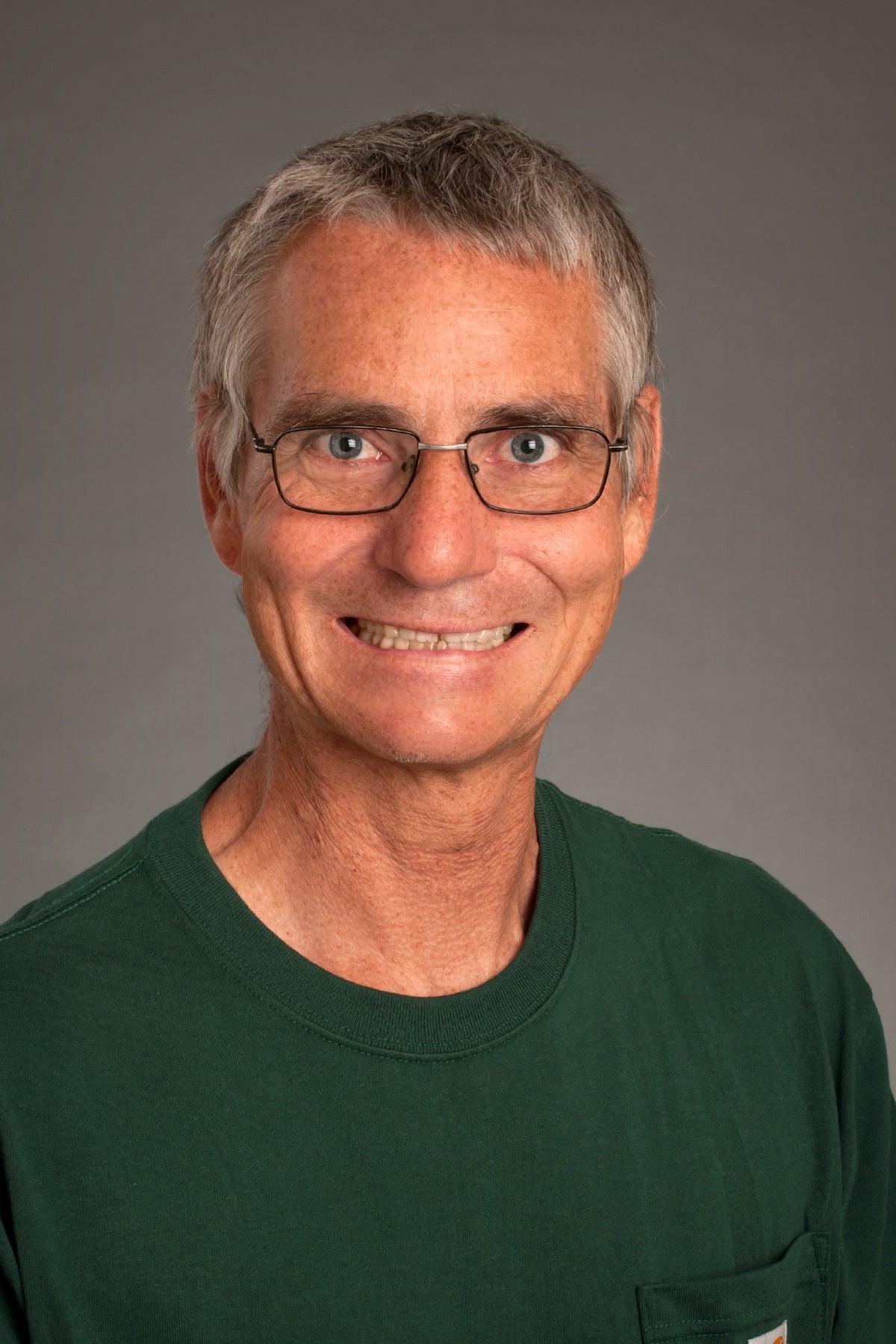
Michael Pool
I use a 3D orbital tracking microscope to measure the kinetics of transcription with single site resolution. My focus is on the role of promoter/enhancer looping on transcription.
Advisor: Dr. Matthew Ferguson
I use a 3D orbital tracking microscope to measure the kinetics of transcription with single site resolution. My focus is on the role of promoter/enhancer looping on transcription.
Advisor: Dr. Matthew Ferguson
-

Shivakumar Rayavara
Toxicology of AhR ligans during liver regeneration and fibrosis.
Advisor: Dr. Kristen Mitchell
Toxicology of AhR ligans during liver regeneration and fibrosis.
Advisor: Dr. Kristen Mitchell
-

Maria Figueroa-Rosado
In our lab, ZnO nanoparticles have shown to induce selective cytotoxicity in T cell lymphomas, when compared to their non-malignant cell counterparts. We aim to study the potential conjugation of ZnO nanoparticles with other current anti-cancer therapeutics and their molecular mechanism in multiple malignant cell lines, especially in lymphomas.
Advisor: Dr. Denise Wingett
In our lab, ZnO nanoparticles have shown to induce selective cytotoxicity in T cell lymphomas, when compared to their non-malignant cell counterparts. We aim to study the potential conjugation of ZnO nanoparticles with other current anti-cancer therapeutics and their molecular mechanism in multiple malignant cell lines, especially in lymphomas.
Advisor: Dr. Denise Wingett
-
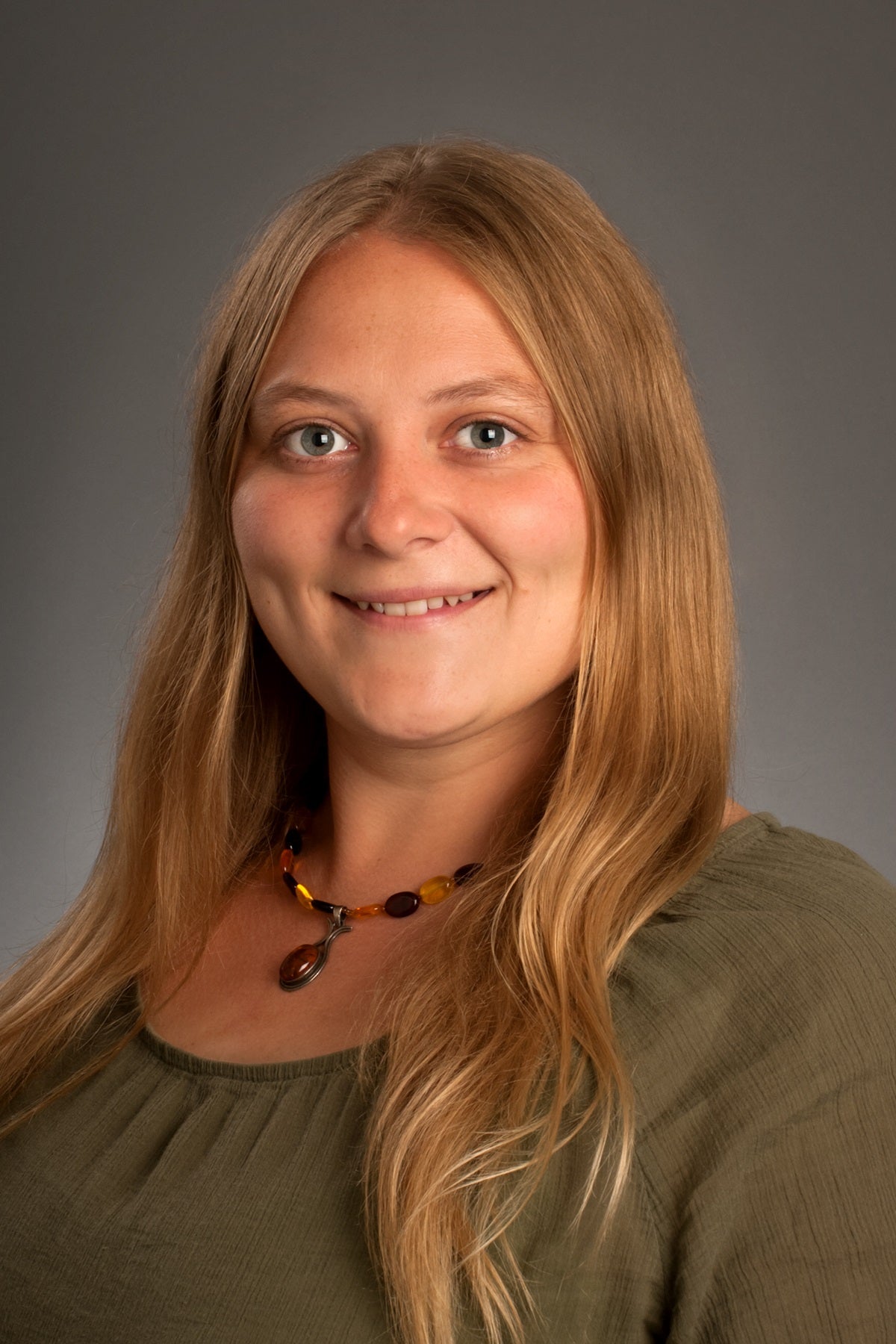
Jessica Roberts
Live-cell RNA dynamics of synthetic riboswitches, Fluorescence Cross-Correlation Spectroscopy, and RNA Fitness Landscapes.
Advisor: Dr. Eric Hayden
Live-cell RNA dynamics of synthetic riboswitches, Fluorescence Cross-Correlation Spectroscopy, and RNA Fitness Landscapes.
Advisor: Dr. Eric Hayden
-
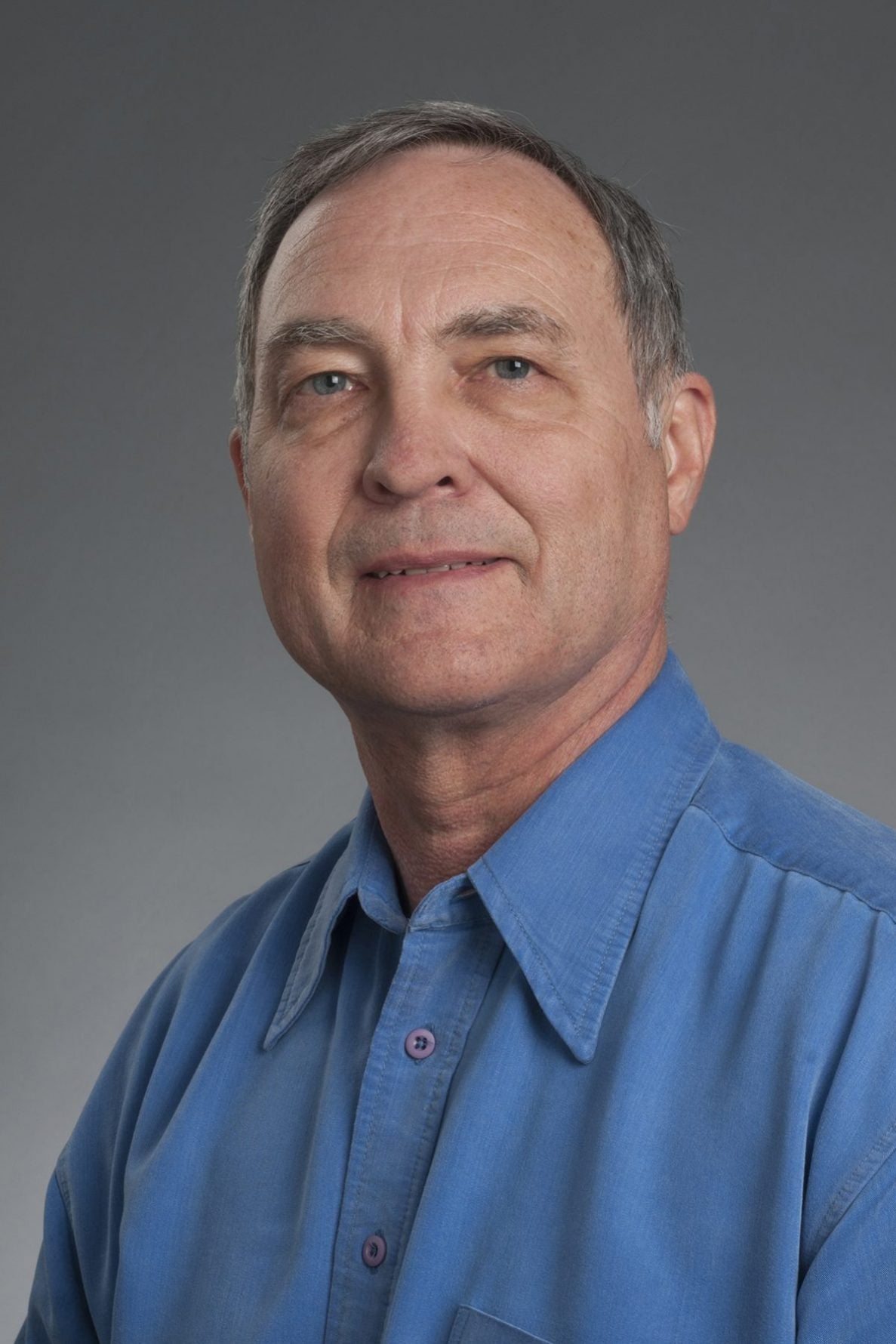
Mark Smith
Studying drug delivery systems, with particular emphasis on liposomes as the drug carrier, and the cells of the immune system as the target organ. As his compelling interest is the autoimmune disease type 1 diabetes, his research is directed toward eliminating or modulating the behavior of the immune cells which are responsible for this disease.
Advisors: Dr. Daniel Fologea and Dr. Denise Wingett
Studying drug delivery systems, with particular emphasis on liposomes as the drug carrier, and the cells of the immune system as the target organ. As his compelling interest is the autoimmune disease type 1 diabetes, his research is directed toward eliminating or modulating the behavior of the immune cells which are responsible for this disease.
Advisors: Dr. Daniel Fologea and Dr. Denise Wingett
-

Alex Soto
Understanding the role of lipids on the regulation of autophagy in Parkinson’s Disease.
Advisor: Dr. Brad Morrison
Understanding the role of lipids on the regulation of autophagy in Parkinson’s Disease.
Advisor: Dr. Brad Morrison
-
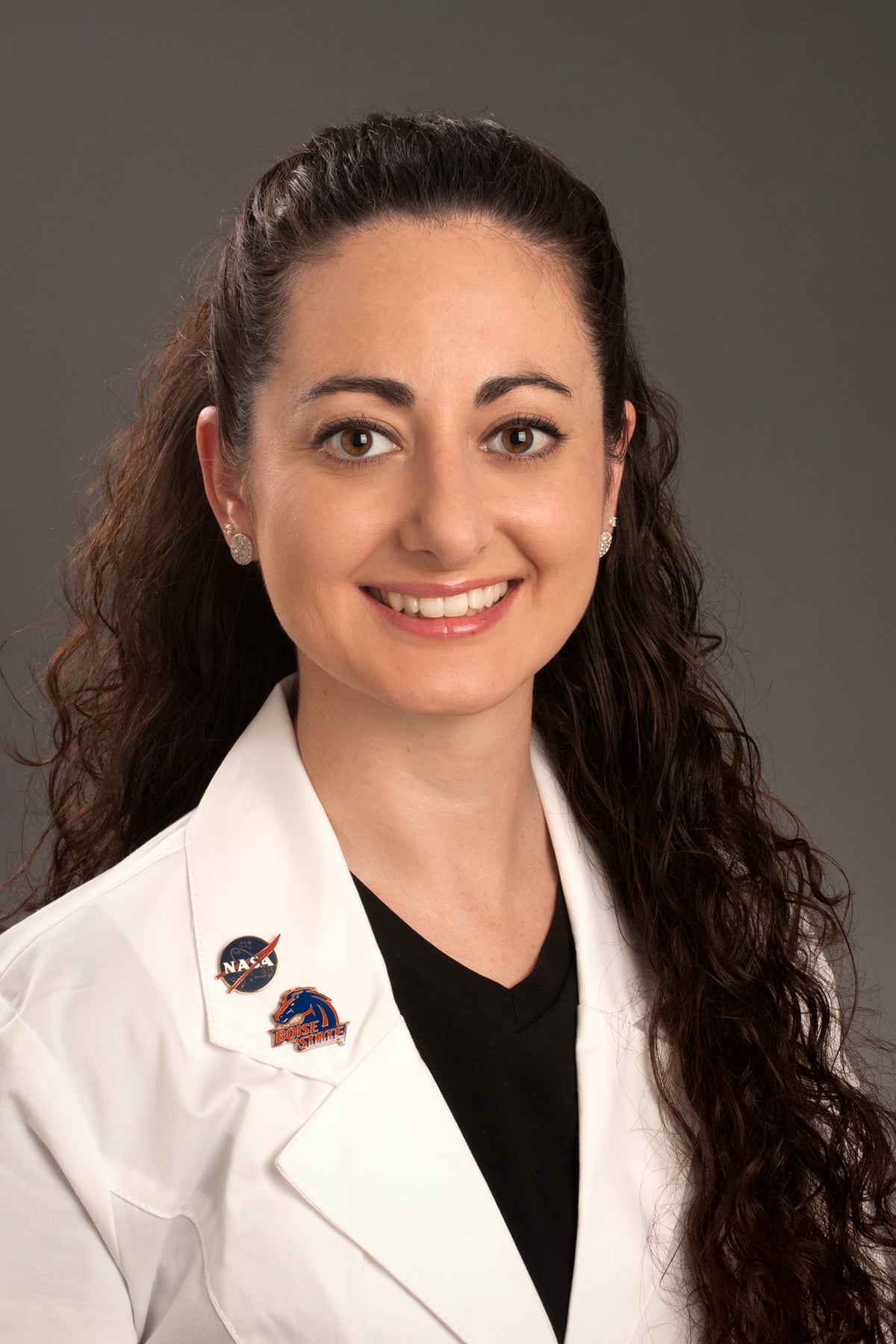
Stephanie Tuft
Focusing on the bioengineering field creating in-vitro models of tissue such as ligament, tendon, cartilage, muscle and bone. The intention is to study the causes and conditions of common and rare diseases associated with these tissues. Conditions include but are not limited to arthritis, chronic overuse, sprains and tears, achondrogenesis, Elhers-Danlos syndrome, and Stickler syndrome. This venture has led to an emphasis on studying the gene expression of extracellular matrix biomarkers from various cells lines in under various conditions.
Advisor: Dr. Julia Oxford
Focusing on the bioengineering field creating in-vitro models of tissue such as ligament, tendon, cartilage, muscle and bone. The intention is to study the causes and conditions of common and rare diseases associated with these tissues. Conditions include but are not limited to arthritis, chronic overuse, sprains and tears, achondrogenesis, Elhers-Danlos syndrome, and Stickler syndrome. This venture has led to an emphasis on studying the gene expression of extracellular matrix biomarkers from various cells lines in under various conditions.
Advisor: Dr. Julia Oxford
-

Matt Turner
Using computational prediction and wet bench validation to investigate receptor-ligand interactions of alpha-conotoxins and nicotinic acetylcholine receptors in order to improve the binding affinity and selectivity of conotoxins for particular receptor subtypes.
Advisor: Dr. Owen McDougal
Using computational prediction and wet bench validation to investigate receptor-ligand interactions of alpha-conotoxins and nicotinic acetylcholine receptors in order to improve the binding affinity and selectivity of conotoxins for particular receptor subtypes.
Advisor: Dr. Owen McDougal
-
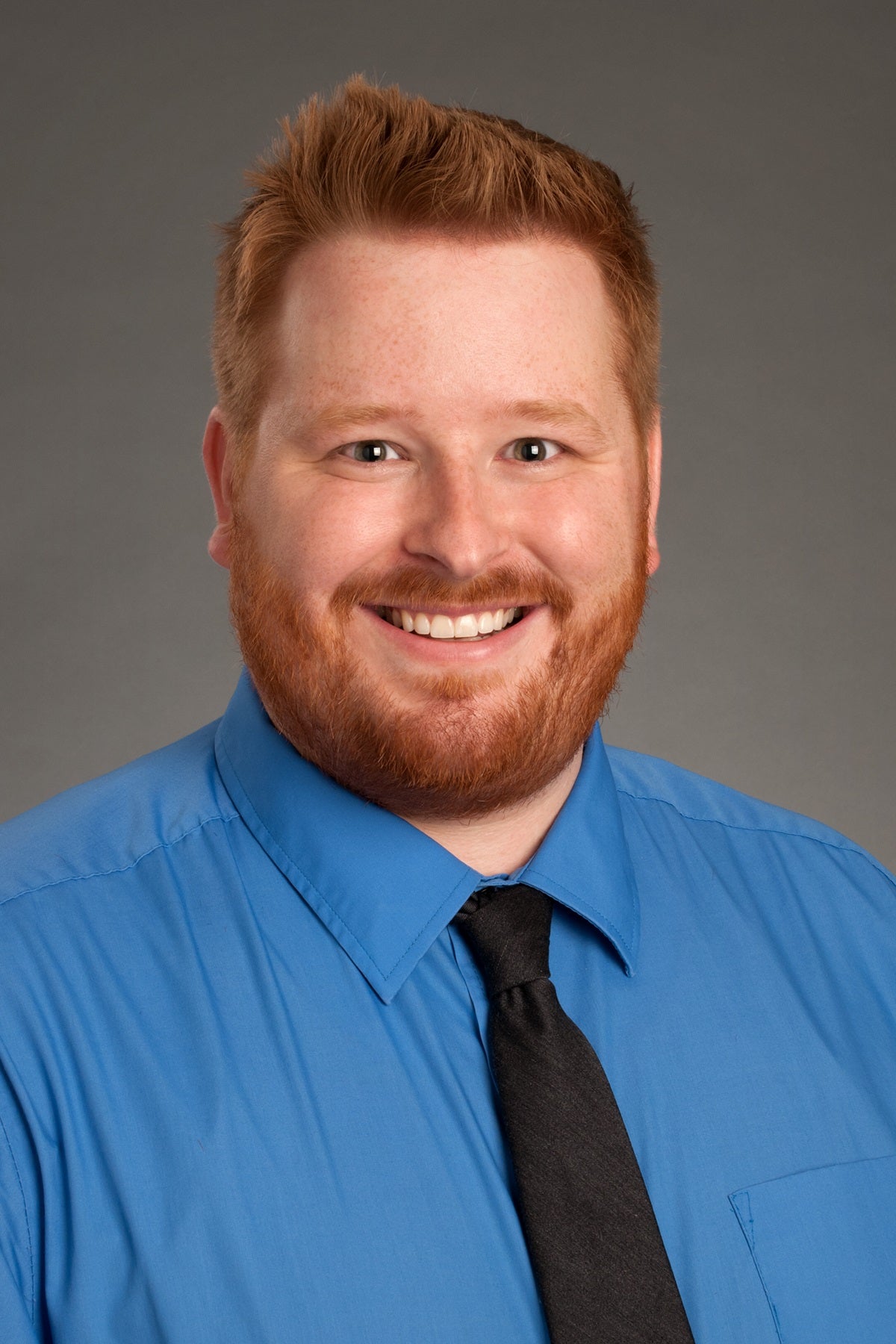
Travis Wertz
Studying tight-junction transcriptional changes of the blood brain barrier during neuroinflammation.
Advisor: Dr. Richard Beard and Dr. Cheryl Jorcyk
Studying tight-junction transcriptional changes of the blood brain barrier during neuroinflammation.
Advisor: Dr. Richard Beard and Dr. Cheryl Jorcyk
-
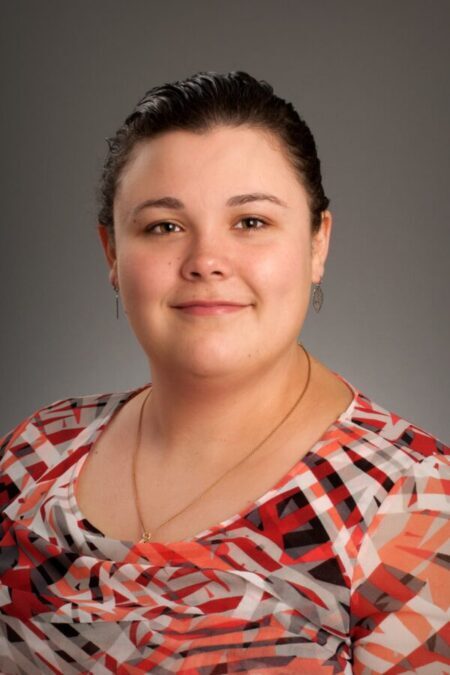
Rosey Whiting
Studying the mechanosensitive properties of ion channels and their effects on cellular processes. Currently I am focused on TRPV4 channels found in immune cells, which allow calcium passage across the cell membrane in response to mechanical stress.
Advisor: Dr. Daniel Fologea
Studying the mechanosensitive properties of ion channels and their effects on cellular processes. Currently I am focused on TRPV4 channels found in immune cells, which allow calcium passage across the cell membrane in response to mechanical stress.
Advisor: Dr. Daniel Fologea
-
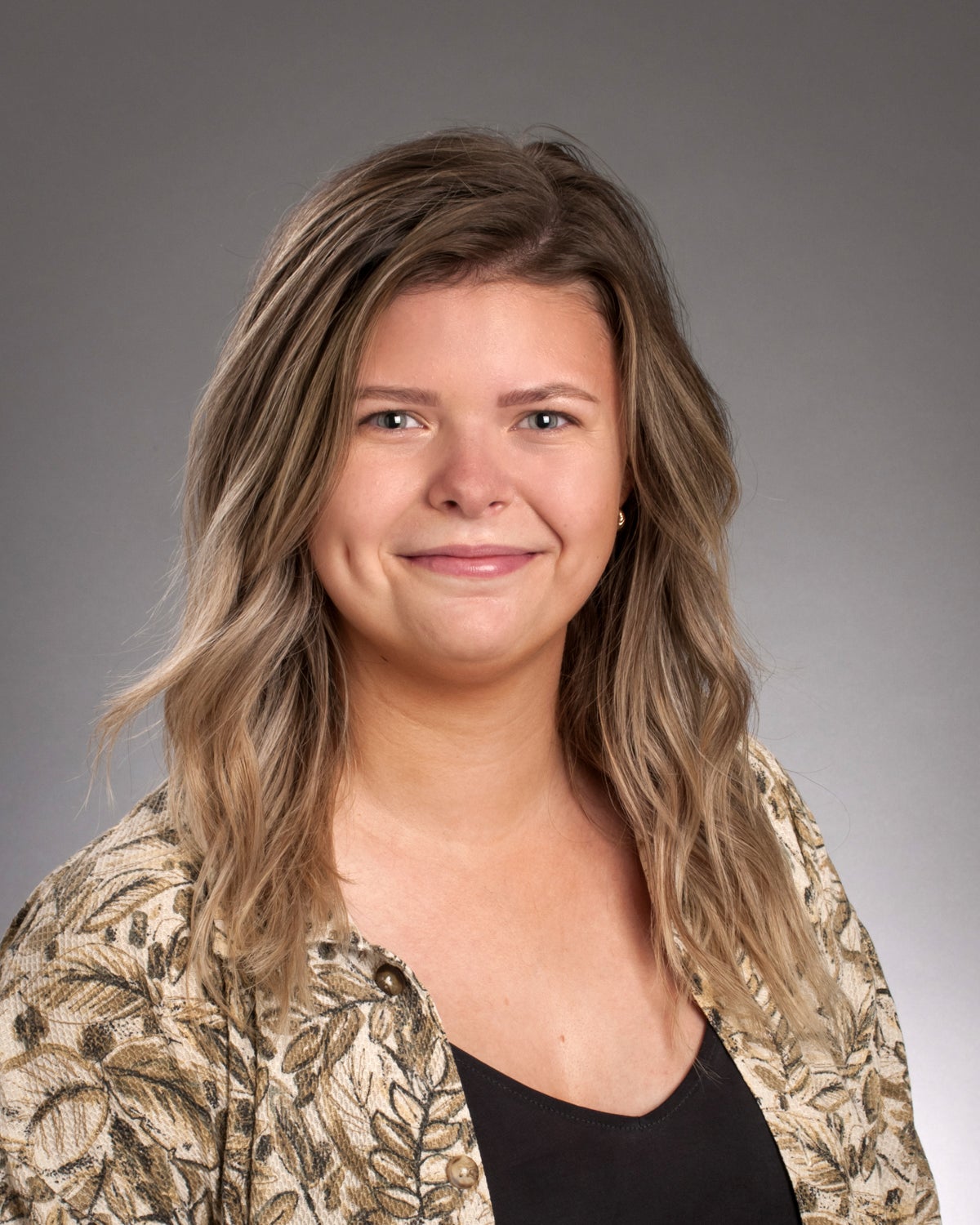
Mary Witucki
Utilizing zebrafish skills to understand how Src mediated phosphorylation of Notch controls Notch signaling outputs.
Advisor: Dr. Allan Albig
Utilizing zebrafish skills to understand how Src mediated phosphorylation of Notch controls Notch signaling outputs.
Advisor: Dr. Allan Albig
-
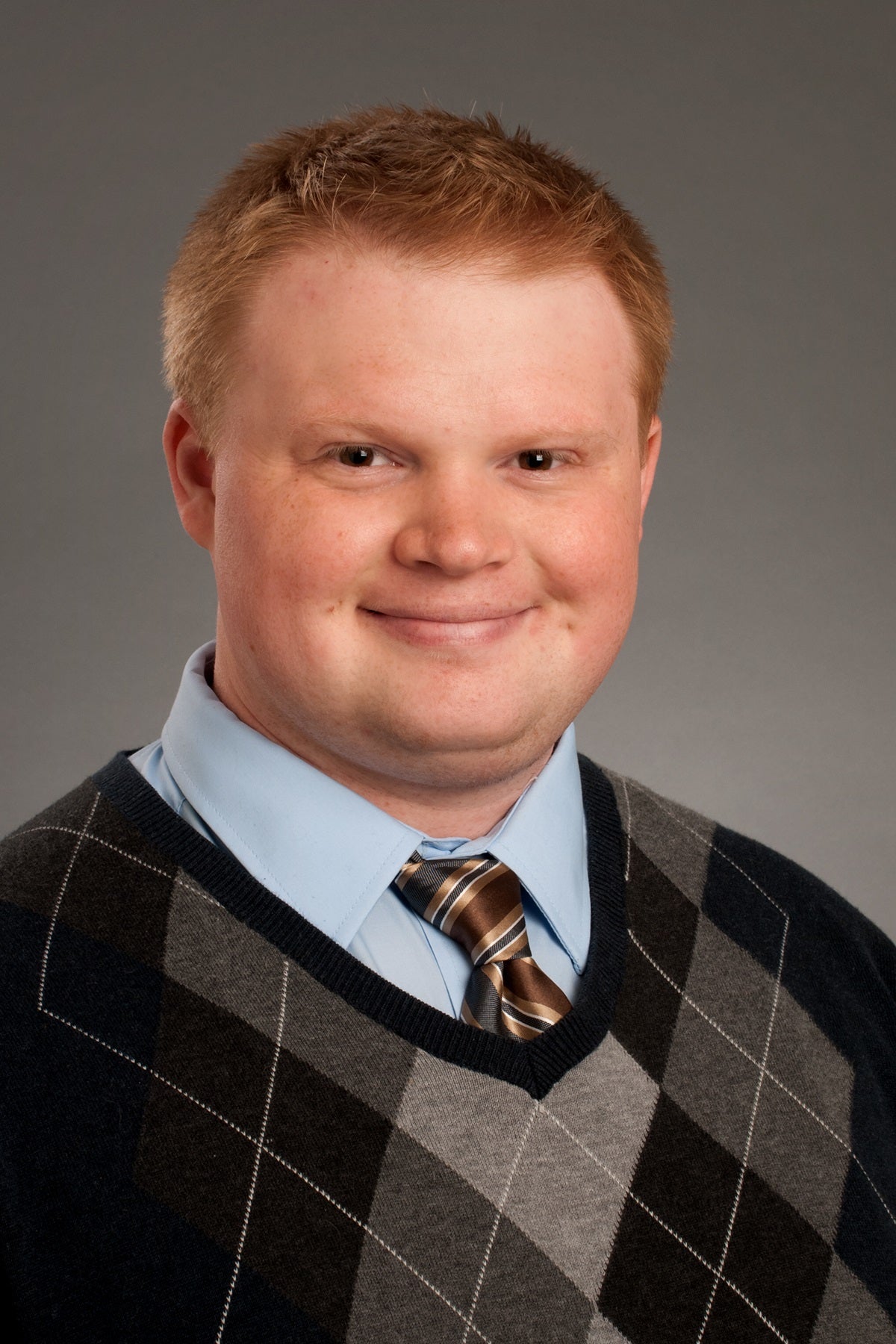
Cody Wolf
Studying inflammatory proteins called cytokines and how they promote cancer metastasis. My dissertation research involves evaluating how receptor status in breast cancer patients can impact their response to these inflammatory proteins, and which patients may benefit most from therapeutics against them. Other projects I work on include analyzing how proinflammatory proteins impact prostate cancer metastasis, and a collaboration project focusing on developing and testing novel therapeutics specific the cytokines we study.
Advisor: Dr. Cheryl Jorcyk
Studying inflammatory proteins called cytokines and how they promote cancer metastasis. My dissertation research involves evaluating how receptor status in breast cancer patients can impact their response to these inflammatory proteins, and which patients may benefit most from therapeutics against them. Other projects I work on include analyzing how proinflammatory proteins impact prostate cancer metastasis, and a collaboration project focusing on developing and testing novel therapeutics specific the cytokines we study.
Advisor: Dr. Cheryl Jorcyk